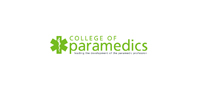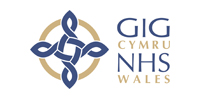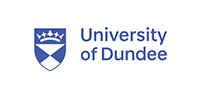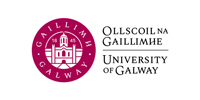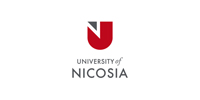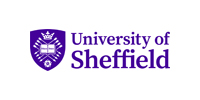Fostering self-assessment skills in students helps them take ownership of their learning, develop critical thinking, and improve self-awareness1. By creating a supportive environment and providing the right tools, educators can guide students to become more reflective and proactive learners2. Here’s a step-by-step guide on how to encourage students to engage in meaningful self-assessment.
Step 1: Explain the Purpose of Self-Assessment
Many students may not see the value of self-assessment. Start by explaining its benefits so they understand it’s not about judging themselves but a useful tool for learning and growth. Let them know how self-assessment can help identify personal strengths, set learning goals, and build confidence3. Make sure to discuss these benefits in a short, interactive session to get the students invested.
Step 2: Provide Clear Criteria or Rubrics
In order to be able to evaluate work effectively, students need a comprehensible structure to follow4. Clear criteria or rubrics give them a framework to work off, making self-assessment more approachable. Start off with simple rubrics, then gradually make them more detailed as students get more comfortable with their self-assessments. You could even involve students in the rubric design, which would help them take ownership of the evaluation process.
Step 3: Use Self-Reflection Prompts
Prompts act as a guide to encourage reflection5, some useful ones to ask students could be:
“What was the most challenging part of this assignment, and why?”
“If you could do it again, what would you change?”
“What strategies helped you succeed, and where can you improve?”
Step 4: Demonstrate an Example of Self-Assessment
Seeing self-assessment in action can help students understand how to approach it objectively and constructively. Choose a task and conduct a self-assessment on it in front of the class. Demonstrate how to evaluate strengths, identify areas for growth, and set specific goals.
Step 5: Incorporate Peer Feedback
If they don’t trust you, they might trust their friends! Peer feedback introduces constructive evaluation, which builds students’ confidence before starting assessing themselves6. Allow students to pair up and evaluate each other’s work using some of the prompts mentioned earlier. Hopefully, they will identify what is more effective and what needs improvement.
Step 6: Create a Growth-Focused Environment
There’s no better space to feel comfortable than a supportive environment, as it motivates students to focus on progress rather than perfection. Let them know that self-assessment is about learning and improvement and give praise for honest reflections.
Step 7: Take Advantage of Technology
Digital tools can make self-assessment more engaging and interactive. Encourage students to keep a digital log of their reflections so they can see their growth over time. Electronic Portfolios (ePortfolios) such as the one on Qpercom, have intuitive dashboards that allow students to visualise this growth.
Self-assessment empowers students to understand their learning process, develop resilience, and take ownership of their progress. By using these steps, educators can help students build lifelong self-reflective skills that extend beyond the classroom. Embrace these strategies, and watch as students gain confidence and independence in their learning journey!
- Thomas, G., Martin, D. and Pleasants, K., 2011. Using self-and peer-assessment to enhance students’ future-learning in higher education. Journal of University Teaching & Learning Practice, 8(1), pp.52-69. ↩︎
- Ndoye, A., 2017. Peer/Self Assessment and Student Learning. International Journal of Teaching and Learning in Higher Education, 29(2), pp.255-269. ↩︎
- Eva, K.W. and Regehr, G., 2005. Self-assessment in the health professions: a reformulation and research agenda. Academic medicine, 80(10), pp.S46-S54. ↩︎
- Krebs, R., Rothstein, B. and Roelle, J., 2022. Rubrics enhance accuracy and reduce cognitive load in self-assessment. Metacognition and Learning, 17(2), pp.627-650. ↩︎
- Ifenthaler, D., 2012. Determining the effectiveness of prompts for self-regulated learning in problem-solving scenarios. Journal of Educational Technology & Society, 15(1), pp.38-52. ↩︎
- Spiller, D., 2012. Assessment matters: Self-assessment and peer assessment. The University of Waikato, 13, pp.2-18. ↩︎




